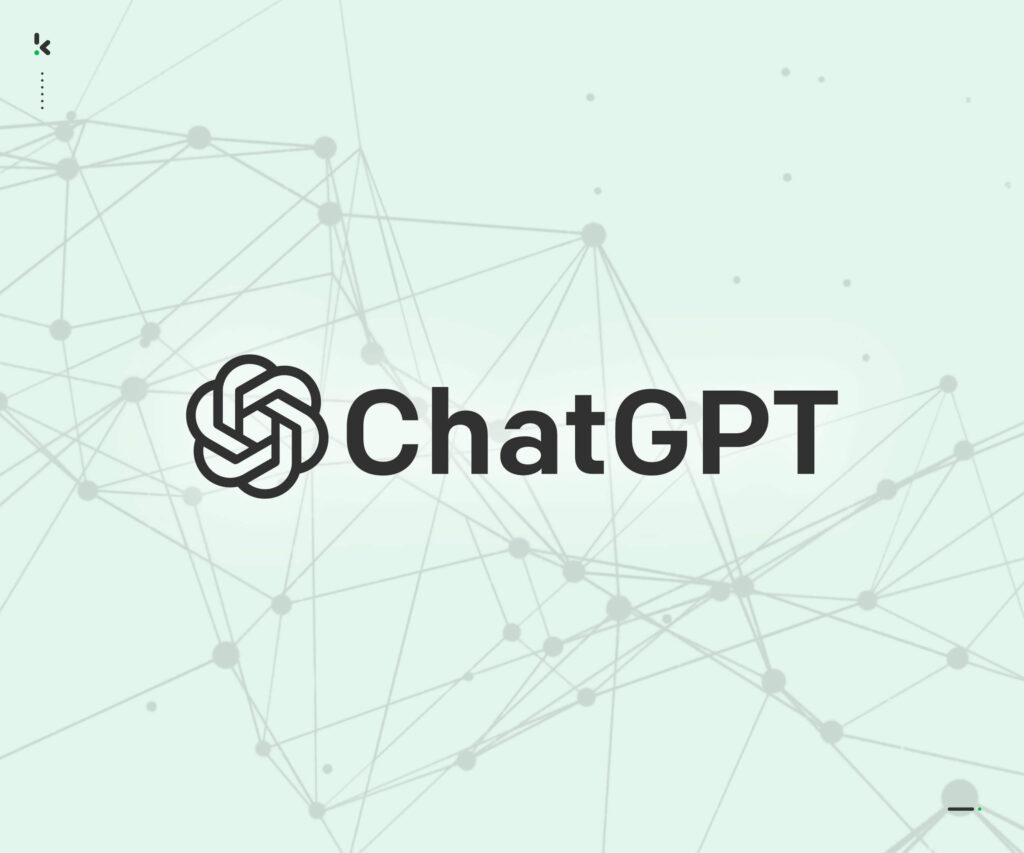“Unlocking the Magic of ChatGPT: A Deep Dive into How ChatGPT Works in the Background “
ChatGPT, like other language models, works by processing and analyzing large amounts of text data in order to generate responses to user inputs. Specifically, ChatGPT is based on the GPT (Generative Pre-trained Transformer) architecture, which is a type of neural network that uses unsupervised learning to pre-train the model on large amounts of text data before fine-tuning it for specific tasks.

When a user inputs a question or statement, ChatGPT analyzes the input and uses its pre-trained knowledge to generate a response. This involves breaking down the input into smaller parts, such as individual words and phrases, and analyzing their meaning and context within the larger sentence.
ChatGPT also uses attention mechanisms to give more weight to certain parts of the input when generating a response. For example, if a user asks a question about a specific topic, ChatGPT will pay more attention to words and phrases related to that topic when generating a response.
Additionally, ChatGPT uses a process called beam search to generate the most likely response based on its analysis of the input. This involves generating multiple potential responses and then ranking them based on their likelihood of being the correct response. The response with the highest likelihood is then selected and returned to the user.
Overall, ChatGPT works by leveraging its pre-trained knowledge of the language and its ability to analyze and generate responses based on user inputs. Its underlying neural network architecture allows it to continuously improve and refine its responses over time, making it a powerful tool for natural language processing and conversation.
In the background, ChatGPT is trained on a vast amount of text data, including books, articles, and websites, using a technique called unsupervised learning. This means that the model is trained without explicit instructions on what to learn, but instead, it learns to identify patterns and relationships in the data.
Once the training is complete, the model is fine-tuned on specific tasks, such as question answering, summarization, or conversation generation, by exposing it to specific examples of the task and adjusting its parameters to minimize the error.
When a user inputs a question or statement, ChatGPT processes the input using its trained neural network, breaking it down into a sequence of words and analyzing the context and relationships between them. Based on this analysis, the model generates a response, which is then returned to the user.
In the background, ChatGPT uses a combination of techniques, such as attention mechanisms, which allow the model to focus on specific parts of the input, and beam search, which helps to generate diverse and coherent responses. Additionally, ChatGPT is constantly learning and updating its parameters based on user interactions, allowing it to improve its responses over time.
Overall, ChatGPT’s ability to generate natural-sounding and contextually relevant responses is a result of its advanced deep learning algorithms, which enable it to understand the nuances of language and generate responses that mimic human-like conversation.